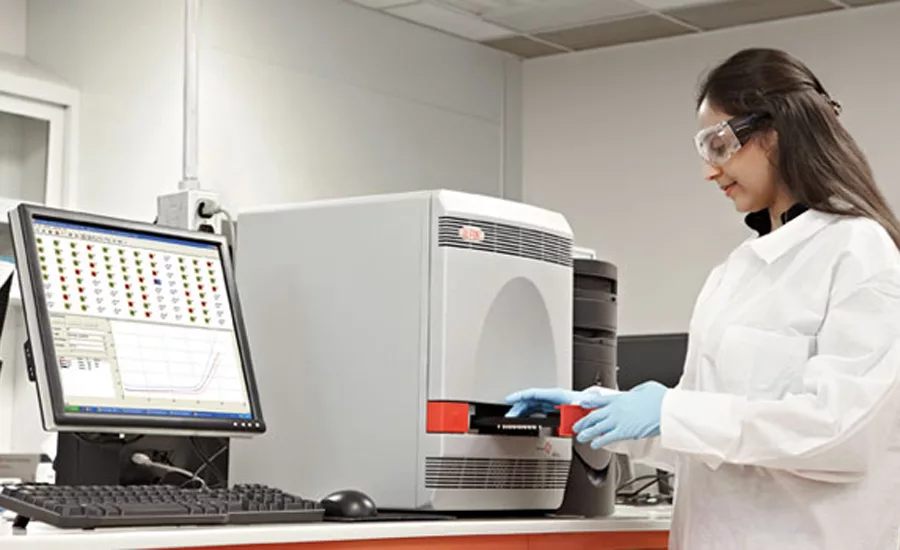TECH FLASH
FDA releases data on food safety sampling program
The first food safety test results from samples of raw milk, cucumbers and hot peppers have been released.

FDA has released the first food safety test results from samples of raw milk, cucumbers and hot peppers, part of an ongoing program to ensure contaminated products don’t fall into consumers’ hands.
In 2014, FDA adopted a new, proactive sampling program for a variety of commodities to learn more about the prevalence of disease-causing bacteria and to help the agency identify patterns that may help predict and prevent future contamination. These large-scale microbiological sampling assignments were designed to collect a statistically determined number of samples of certain commodities in 12 to 18 months and test them for certain types of bacteria that can cause foodborne illnesses. Raw milk aged 60 days, cucumbers and hot peppers were selected as the commodities to be studied in the first year of testing.
FDA selected raw milk cheese because evidence indicated that aging for 60 days may not eliminate or adequately reduce disease-causing bacteria in raw milk cheese. After testing a total of 1,606 samples in 2014 and 2015, FDA found raw milk cheese aged 60 days to have less than a 1 percent contamination rate for Salmonella, Listeria monocytogenes, E. coli O157:H7 and Shiga toxin-producing E. coli., and the overall contamination rate for generic E. coli was 5.4 percent. Because of these results, FDA says it does not anticipate additional large-scale sampling of raw milk cheese but plans to continue to utilize its Domestic and Imported Cheese Compliance Program for routine sampling of cheeses. Taking into account the prevalence of Listeria found and its known pathogenicity, the FDA continues to be concerned about its in raw milk cheese.
Starting in November last year, FDA also began to sample and test cucumbers and hot peppers because these products have previously been involved in large-scale outbreaks. The agency says it is in the process of collecting and testing approximately 1,600 samples for Salmonella spp. and E. coli 0157:H7 in cucumbers, and Salmonella spp., Shiga toxin-producing E. coli and E. coli 0157:H7 in hot peppers. The agency has tested 452 samples of hot peppers and 352 samples of cucumbers. Of those, 13 of the hot pepper samples and three cucumbers samples tested positive for Salmonella while the rest tested negative for the targeted pathogens. This testing is still underway, and no conclusions can be drawn at this time.
As more data becomes available, FDA says it will continue to share test results from sampling assignments on the web, including total number of samples collected/tested and collection date, sample type and pathogen detected for positive samples.
Looking for a reprint of this article?
From high-res PDFs to custom plaques, order your copy today!




